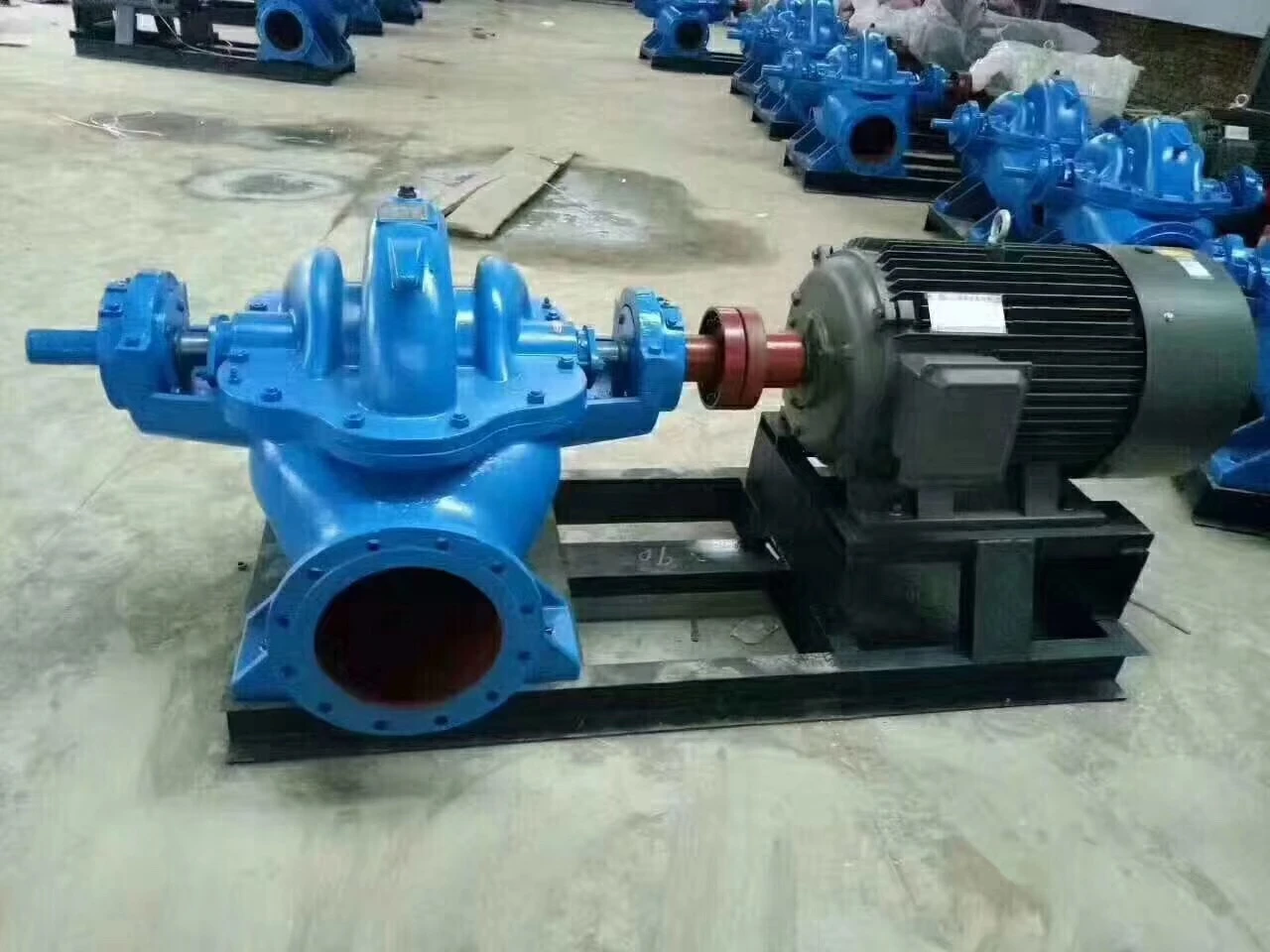English
- Afrikaans
- Albanian
- Amharic
- Arabic
- Armenian
- Azerbaijani
- Basque
- Belarusian
- Bengali
- Bosnian
- Bulgarian
- Catalan
- Cebuano
- Corsican
- Croatian
- Czech
- Danish
- Dutch
- English
- Esperanto
- Estonian
- Finnish
- French
- Frisian
- Galician
- Georgian
- German
- Greek
- Gujarati
- Haitian Creole
- hausa
- hawaiian
- Hebrew
- Hindi
- Miao
- Hungarian
- Icelandic
- igbo
- Indonesian
- irish
- Italian
- Japanese
- Javanese
- Kannada
- kazakh
- Khmer
- Rwandese
- Korean
- Kurdish
- Kyrgyz
- Lao
- Latin
- Latvian
- Lithuanian
- Luxembourgish
- Macedonian
- Malgashi
- Malay
- Malayalam
- Maltese
- Maori
- Marathi
- Mongolian
- Myanmar
- Nepali
- Norwegian
- Norwegian
- Occitan
- Pashto
- Persian
- Polish
- Portuguese
- Punjabi
- Romanian
- Russian
- Samoan
- Scottish Gaelic
- Serbian
- Sesotho
- Shona
- Sindhi
- Sinhala
- Slovak
- Slovenian
- Somali
- Spanish
- Sundanese
- Swahili
- Swedish
- Tagalog
- Tajik
- Tamil
- Tatar
- Telugu
- Thai
- Turkish
- Turkmen
- Ukrainian
- Urdu
- Uighur
- Uzbek
- Vietnamese
- Welsh
- Bantu
- Yiddish
- Yoruba
- Zulu
Telephone: +86 13120555503
Email: frank@cypump.com
Nov . 05, 2024 19:41 Back to list
sewage ejector system
Understanding Sewage Ejector Systems An Essential Component for Effective Waste Management
Sewage ejector systems play a crucial role in the management of wastewater in residential and commercial properties. These systems are particularly important in locations where gravity drainage is not feasible, often found in basements or lower-level bathrooms. The purpose of a sewage ejector system is to transport waste material from lower elevations to a higher elevation, ensuring proper waste disposal and preventing potential health hazards associated with sewage backup.
At the core of a sewage ejector system is the ejector pump, designed to handle solid waste and liquids. This pump operates by collecting sewage in a specially designed basin or pit. When the waste reaches a predetermined level, the pump activates, propelling the sewage through pipes to the main sewer line or septic system. This process is essential for homes located in areas with inadequate gravity flow drainage, where the plumbing would otherwise be unable to move waste uphill.
Installation of a sewage ejector system requires careful planning and execution to ensure optimal performance. Typically, the installation includes a sealed basin to contain the waste, an ejector pump, and a series of pipes that connect the system to the main sewer line. Homeowners must also consider local building codes and regulations when installing such a system, as these can vary by jurisdiction. Engaging a qualified plumber or contractor familiar with sewage ejector systems can help ensure compliance and efficiency.
sewage ejector system

Maintenance of sewage ejector systems is equally important. Regular inspections can help identify potential issues such as clogs, wear and tear, or pump malfunctions. Homeowners should also be mindful of what goes into their waste disposal system, as non-biodegradable items or excessive grease can lead to serious problems. It’s advisable to periodically check the system for any unusual noises or failures, which may signal the need for repairs or replacement.
While sewage ejector systems are highly effective, they can also pose risks if not properly maintained. Blockages can lead to sewage backflow, causing unpleasant and unhealthy conditions. Homeowners should educate themselves about the signs of malfunction and maintain open communication with plumbing professionals for timely service.
In conclusion, sewage ejector systems are vital for efficient wastewater management, especially in properties that lack proper gravity drainage. Understanding their functionality, installation requirements, and maintenance needs can help property owners ensure their systems operate smoothly and effectively. Investing in a reliable sewage ejector system not only protects health and the environment but also enhances the overall value and usability of a property.
-
Horizontal Split Case Pump with GPT-4 Turbo | High Efficiency
NewsAug.01,2025
-
ISG Series Pipeline Pump - Chi Yuan Pumps | High Efficiency, Durable Design
NewsAug.01,2025
-
Advanced Flue Gas Desulfurization Pump with GPT-4 Turbo | Durable & Efficient
NewsJul.31,2025
-
ISG Series Vertical Pipeline Pump - Chi Yuan Pumps | Advanced Hydraulic Design&Durable Construction
NewsJul.31,2025
-
ISG Series Vertical Pipeline Pump - Chi Yuan Pumps | Energy Efficient & Low Noise
NewsJul.31,2025
-
pipeline pump - Chi Yuan Pumps Co., LTD.|High Efficiency&Low Noise
NewsJul.31,2025










